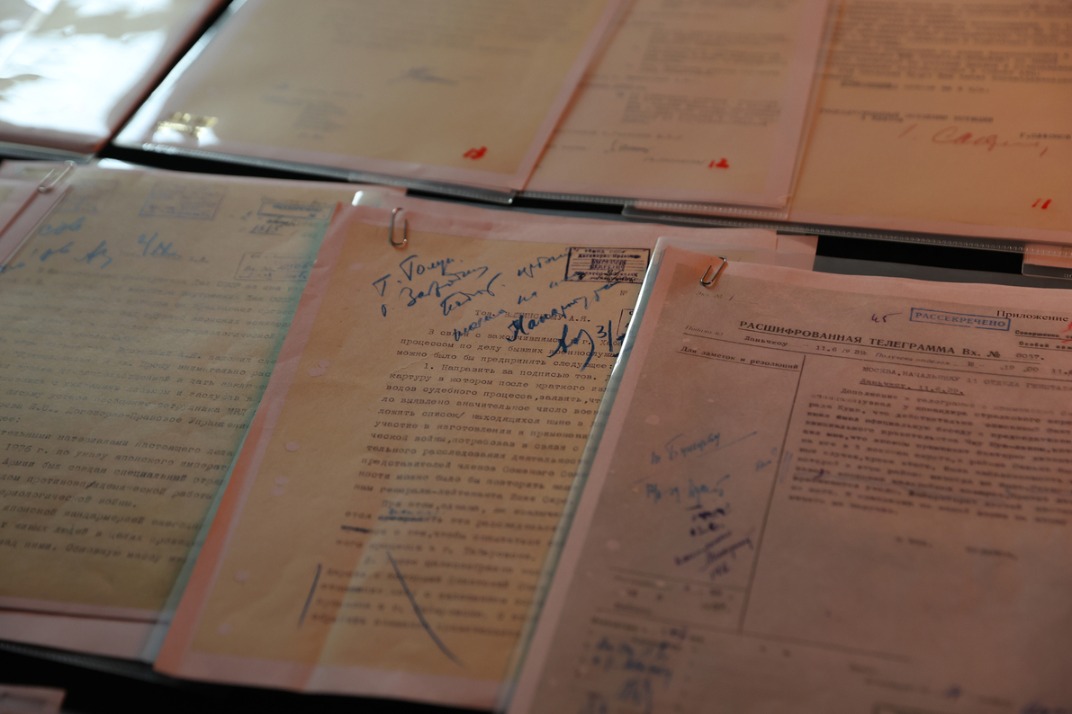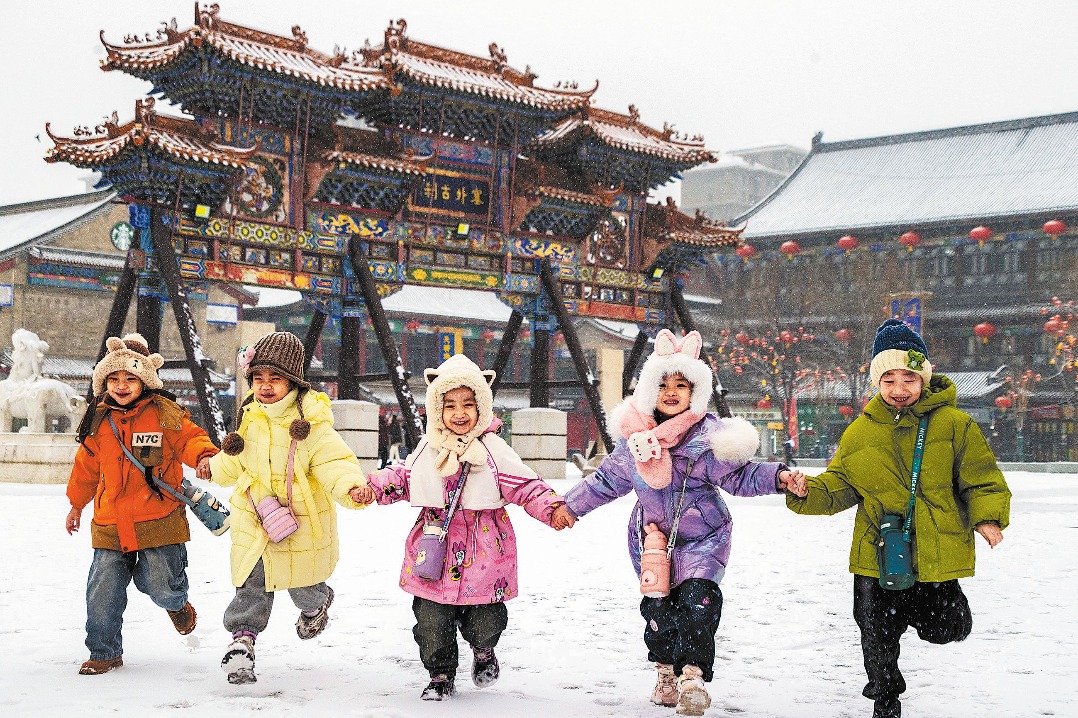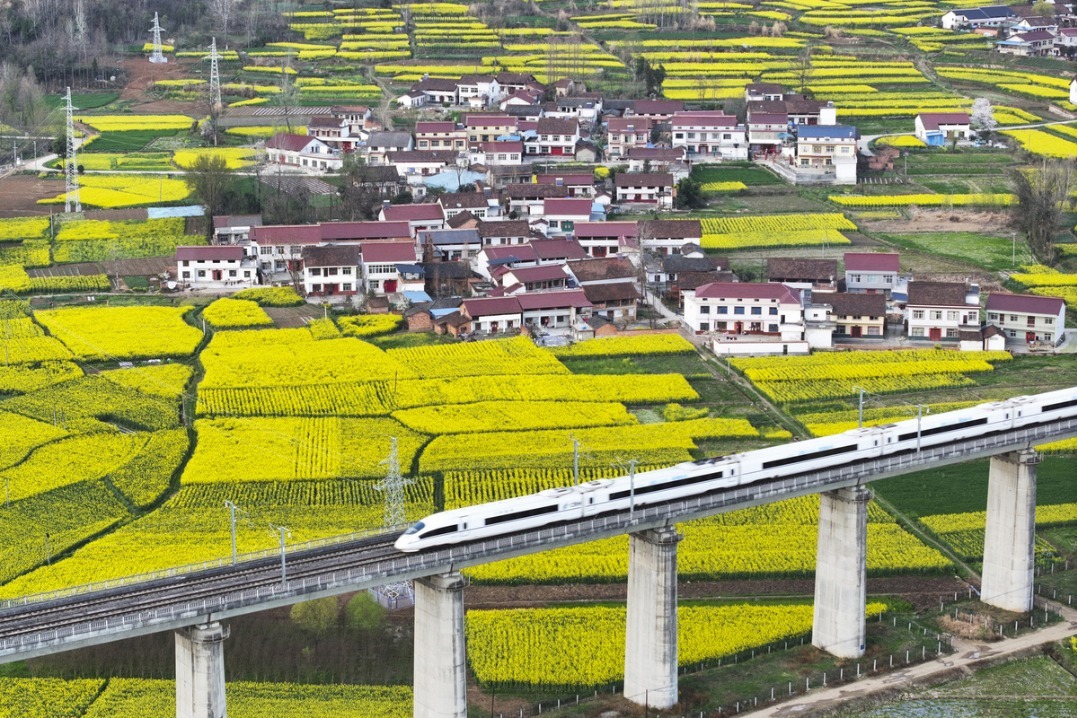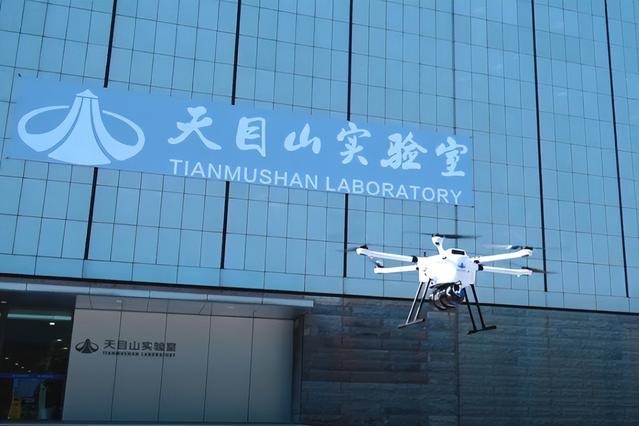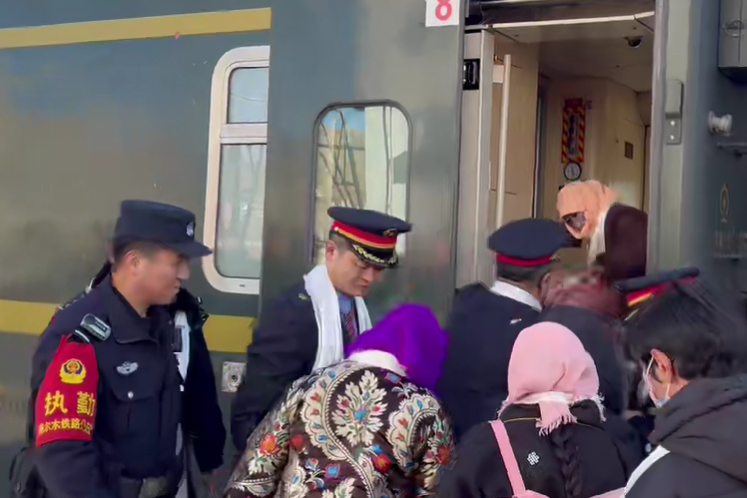INTENSIVE EFFORTS SAVE 13 MINERS' LIVES
Workers trapped underground for more than 83 hours

Liu Wenhan, 82, went to a hospital in Yibin, Sichuan province, on Saturday to visit his son, who had been trapped in a flooded coal mine for more than 83 hours.
After being rescued, 56-year-old Liu Guihua was taken to the Yibin Mine First Aid Hospital in the town of Xunchang, which is administered by Yibin.
The Sichuan Coal Industry Group's Shanmushu mine in Gongxian flooded at 3:26 pm on Dec 14 as 347 people were working in a tunnel. By the next morning, 329 of them had returned to the surface.
Five were confirmed dead and 13, including Liu Guihua, remained trapped, triggering intensive nationwide media coverage.
Liu Wenhan, a former miner, said: "My two daughters initially did not dare tell me their brother was trapped. They only told me the day before my son and the other 12 miners were rescued, after I overheard people talking about the accident in the street.
"Instead of panicking, I remained calm and believed they could be rescued. I have lived for a long time and have a wealth of experience when it comes to mining. Whenever there is a disaster, our country will try its utmost to rescue the victims.
"My family has four generations of miners-my grandfather, my father, me and my son."
At the hospital, Liu Guihua was in high spirits, eating porridge and smiling at his visitors.
"Many say it was a miracle that we were rescued. This miracle was the result of our determination to survive and the government's disaster search-and-relief operations," he said.
When the accident happened, muddy water and slurry flooded in.
"The water in the tunnel reached a height of more than 10 meters. I retreated in fear, and ended up being trapped along with my colleagues in a 3-meter-high, 3-meter-wide tunnel that had a dead end," Liu Guihua said.
"We were 313 meters below the surface and more than 10 kilometers from the entrance to the shaft."
There was no cellphone signal or power supply. It was dark and the mine ventilation equipment was not working.
"We told ourselves that all we could do was wait for rescuers, who were certain to arrive. All 13 of us huddled together and we all pledged to emerge from the shaft together, without leaving anyone behind," Liu Guihua said.
Headquarters set up
Sichuan Governor Yin Li and Huang Yuzhi, vice-minister of emergency management and head of the National Coal Mine Safety Administration, went to the mine immediately to oversee search-and-rescue operations, according to Hu Xiaohua, an official in the Yibin municipal government information office.
Fifteen teams comprising 225 people attended the disaster scene, while an emergency rescue headquarters was set up at the site.
Hu said many senior experts in ventilation, drainage, hydrology and geology from the National Mine Rescue Center, the Xi'an Branch of the China Coal Group and the Chongqing Coal Research Institute were invited to the site to direct operations.
Less than two hours after the accident, the first pumps were on their way to Gongxian from the Sichuan Provincial Coal Mine Emergency Drainage Station.
At 11:30 pm on Dec 14, officials from the drainage station decided to use underground pumps at the scene to drain 550 cubic meters of water per hour. Soon afterward, two huge pumps were sent to the site.
In case the pumps failed as they operated continuously, two others were brought in from neighboring Chongqing municipality and put on standby, Hu said.
Rescuers had to walk underground for about two hours to get to the affected area.
Using a map of the tunnel network, experts were able to work out the approximate location of the 13 trapped workers-an elevated platform in a tunnel.
As the platform was relatively high, the concentration of gas there was low, so the experts thought those who were trapped had a good chance of surviving.
However, floodwater had been pouring into the mine. At the peak of the flooding, the water level rose at a rate of 1.45 meters per hour, posing a considerable threat to the miners.
Six different types of submersible pumps started to pump water out simultaneously, and compressed air was provided for the miners.
Hou Jianming, head of the emergency command center at the Sichuan Provincial Department of Emergency Management, described the drainage operations in the mine as a race against time.
"With each 1-meter drop in the water level, our hopes that the trapped miners would survive their ordeal rose," he said.
At 11:29 am on Dec 15, pumps draining 220 cubic meters of water an hour, along with a number of smaller ones, were put into operation.
Wang Xiong, an engineer with the Sichuan Provincial Coal Mine Emergency Drainage Station, said: "Everything proceeded according to the rescue plan. But after several hours of water being pumped out, the level of the water underground rose, instead of falling, as a result of the continuous flooding."
The rescue headquarters issued an order for the drainage rate to be stepped up to enable the rescuers to reach the area where the miners were trapped.
Wang Xiong said that using a pump that could drain 550 cubic meters of water an hour meant there was real hope of saving the workers, but installing the equipment was demanding work.
Such a pump weighs about 12 metric tons and comes with 30-meter-long pipelines that weigh more than 120 kilograms.
"More than 400 meters of pipelines needed to be laid, all of which involved intensive manpower. Rescuers sweated heavily underground as they worked, and it was extremely difficult to install the pumps and lay pipelines," Wang said.
The headquarters demanded an increase in the number of workers installing the large pumps and operating small and medium-sized ones for continuous drainage operations.
As more rescue workers arrived in the shaft, the number of people working in the mine's canteen doubled. At the peak of the rescue work, they supplied more than 1,000 meal boxes a day to those underground, up from several hundred typically.
Shen Hualin, deputy secretary-general of the Yibin municipal government, said the loss of power badly hampered efforts to find and rescue those who were trapped.
During the rescue operations, 45 vehicles providing emergency power were at the site to ensure there were no blackouts.
At 2:55 am on Wednesday, thunderous applause and cheers broke the silence of the night at the rescue headquarters.
Some 10 minutes earlier, workers had arrived at an area close to where the miners were trapped. Suddenly, they saw Liu Guihua swimming toward them.
He was weak but also excited, and it took him some time to tell the rescuers that another 12 miners were trapped.
Liu Guihua has worked at the mine for 36 years. He said that when he and his 12 colleagues started work on Dec 14, each had a boxed meal with them.
"We finished the meals that day, and in the days to come, we ate mud, leather belts and coal and drank water leaking from the roof," he said.
"When it was at its highest level, the water flooding the mine was still 7 or 8 meters away from our feet. I did not sleep much and kept observing the water level. If it had continued to rise, we would have perished," he said.
Made a noise
Liu Guihua and many of his colleagues took it in turns to turn on their helmet lamps in the dark in an attempt to combat their fear.
"Whenever anybody began to feel desperate during the long hours of waiting to be rescued, we offered encouragement, saying that a particular miner was a 'pillar' of his family and that he had parents and children to take care of," he said.
Rescuers managed to enter the tunnel at 9 am on Tuesday. Failing to find any of the 13 miners by 1 pm, they began making a noise by striking steel pipes in an effort to alert the miners. They were delighted when they heard pipes being struck in response.
Yi Guangming, 53, one of those trapped, said, "We struck 13 times to show that 13 miners were alive."
As the rescuers drained water in the small hours on Wednesday near the area where the miners were trapped, they saw Liu Guihua swimming toward them.
The others were located, and from about 6 am to 8 am, all those who have been trapped were taken out of the mine and sent to hospitals in Yibin. All were in a weak but stable condition, according to Yi Sizhang, president of the Yibin Mine First Aid Hospital.
He said those who were rescued are now able to drink water and eat liquid food.
In line with instructions issued by the emergency response office of the National Health Commission and the Sichuan Provincial Health Commission, a group of experts from the West China Hospital of Sichuan University arrived in Yibin on Wednesday to guide treatment being given to the miners.
They evaluated the men's physical condition and mental state. As they had been without water, food and sleep for so long, most of them had mild dehydration.
Wang Bo, one of the experts, said, "We discussed with local medics formulating a follow-up treatment plan, including active evaluation and intervention by mental health workers."
Chen Chaoqiong, Liu Guihua's wife, said that when they have fully recovered, the rescued miners will set up a WeChat group to keep in contact.






Today's Top News
- China remembers victims of Nanjing Massacre, 88 years on
- New plan will be a road map for a stronger future
- Taiwan's character of the year a vote against confrontation
- Strengthened resilience key for economy
- Video sheds new light on Japan's wartime atrocities
- Xi: World yearns for peace, trust more than ever
















